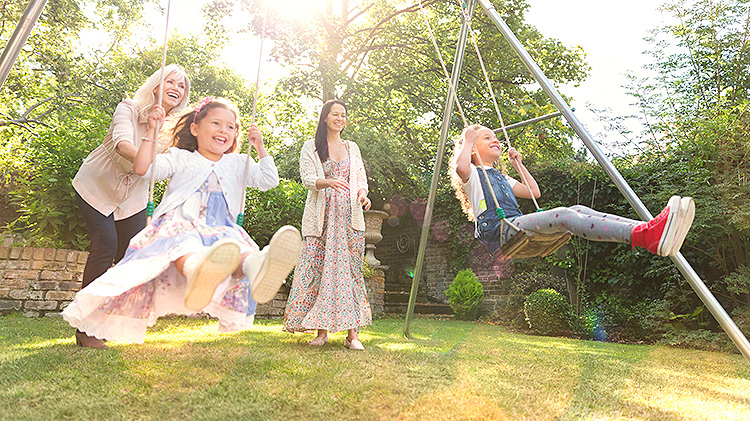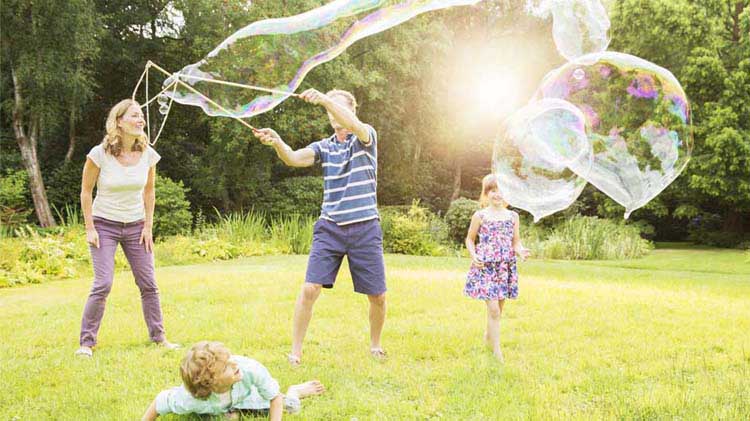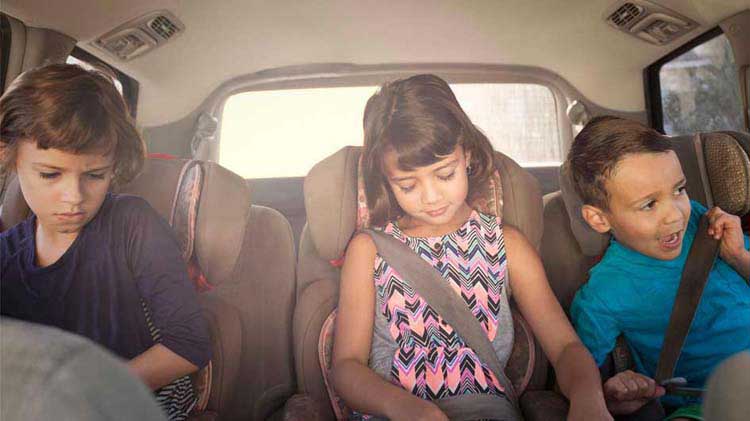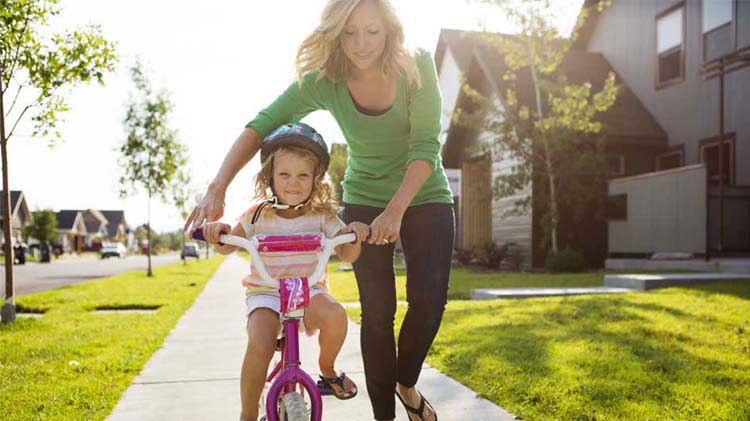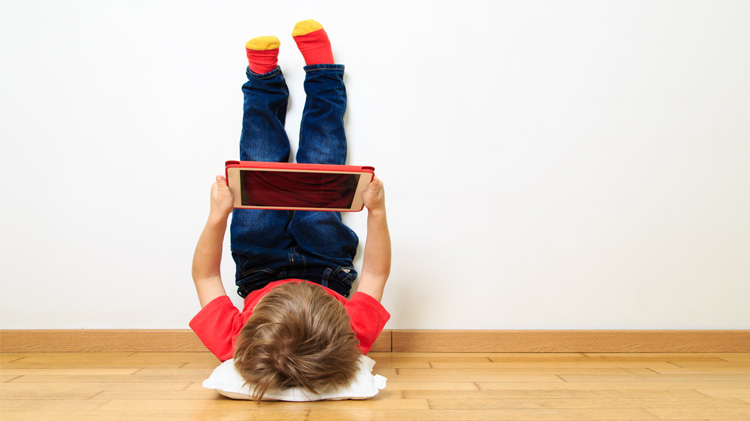Tips for outdoor playground equipment and trampolines
Outdoor play can cause injuries. Learn trampoline safety and more ways to play safer.
Kids love to play and explore, and one of the best places to do that is their own backyard.
Unfortunately, each year, injuries from home playground equipment and trampolines result in thousands of emergency room visits. So there's no time like the present for some tips for safer play.
Home playground safety
Here are some of the basic safety guidelines that the Consumer Product Safety Commission recommends in their Home Playground Safety Tips:
- Install playground sets properly. Always follow manufacturer's instructions. If you need help, you may want to contact a professional installer.
- Avoid pressure-treated wood. Although most manufacturers of outdoor equipment quit using this material in 2004, make sure your backyard playground equipment doesn't contain pressure-treated wood. It's treated with pesticide/preservatives called chromated copper arsenate (CCA). Exposure to arsenic in pressure-treated wood can increase the risk of certain types of cancers.
- Check for protruding hardware. Hooks, protruding bolt ends, and any sharp points or edges can be hazardous. Make sure they are removed or properly covered.
- Install and maintain a shock-absorbing surface. The play area should be at least 6 feet in all directions beyond any play equipment. Depending on the height of the equipment, the playground surface should have at least 12 inches of double shredded bark mulch, wood chips, fine sand or gravel. Replenish the base each year as they can lose much of their material or become compacted during the winter.
- Remove tripping hazards. Concrete footings, tree stumps, rocks and other exposed hazards can be dangerous to children running around the playground.
- Check for spaces that could trap children. Openings in guardrails or between ladder rungs should measure less than 3.5 inches or more than 9 inches. Children can become stuck or trapped in these areas.
- Make sure platforms, walkways and ramps have guardrails. These are common areas where children fall, so make sure they are installed.
- Check slide and platform heights. They should be no higher than 6 feet for school-age children, or 4 feet for pre-school age children.
- Never attach ropes, jump ropes, clotheslines or pet leashes. These can be extremely dangerous and cause strangulation.
- Regularly check play equipment. Make sure all supports are solid and the surfacing is in good condition.
- Supervise children at all times. An adult should monitor play to make sure children are safe.
Trampoline Safety
As much fun as it is, jumping on trampolines can be very risky for both children and adults. Strains, sprains, fractures and other injuries — such as serious neck and head injuries — can result from falling off a trampoline or using it incorrectly.
The risk of injury is so great the American Academy of Pediatrics (AAP) says that trampolines should never be used at home or in outdoor playgrounds. But if you choose to buy a trampoline despite the risks, they recommend the following safety rules from their Trampoline Safety in Childhood and Adolescence brochure (pdf):
- Only one person should jump at a time. Having multiple people on a trampoline at the same time can lead to injury.
- Tell kids not to attempt somersaults and flips. These are among the most common causes of permanent, devastating cervical spine injuries.
- Adults must provide constant, active supervision. They should never let children use a trampoline alone and they should be willing to enforce all safety guidelines.
- Homeowners should check their insurance policies. Verify that your insurance policies cover trampoline-related claims.
- Trampolines should have adequate protective padding. It should be in good condition and appropriately placed.
- Set at ground level. Trampolines should be set at ground level whenever possible, or on a level surface and in an area cleared of any surrounding hazards.
- Inspect protective padding, net enclosure and any other damaged parts. These should be examined frequently and replaced as needed.
- Discard trampoline if it is broken beyond repair. Also dispose if replacement parts are unavailable.
Playing in the backyard creates some of the best memories a child can have. Make sure your family stays safe by installing and maintaining your backyard equipment properly and that children are supervised at all times.
